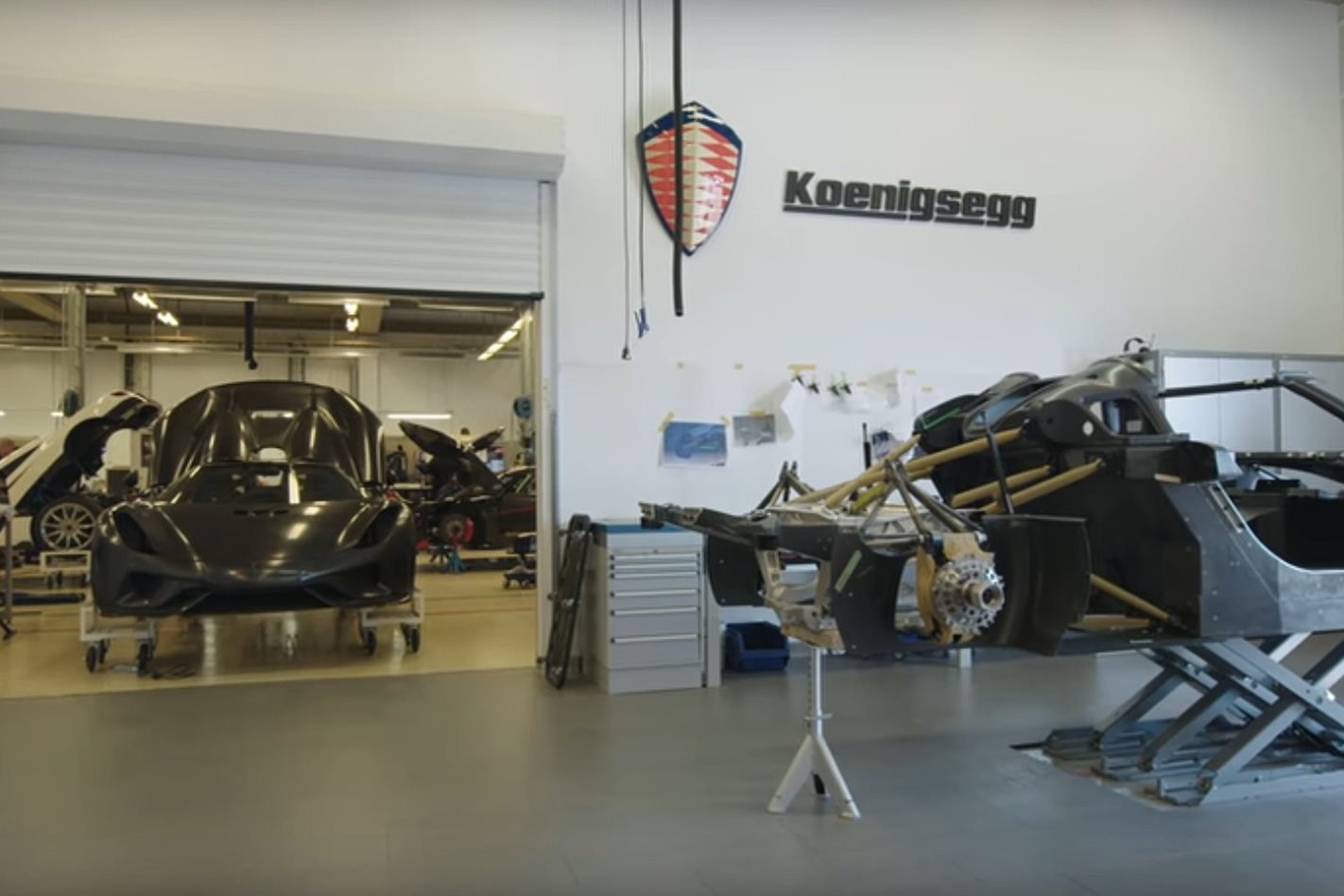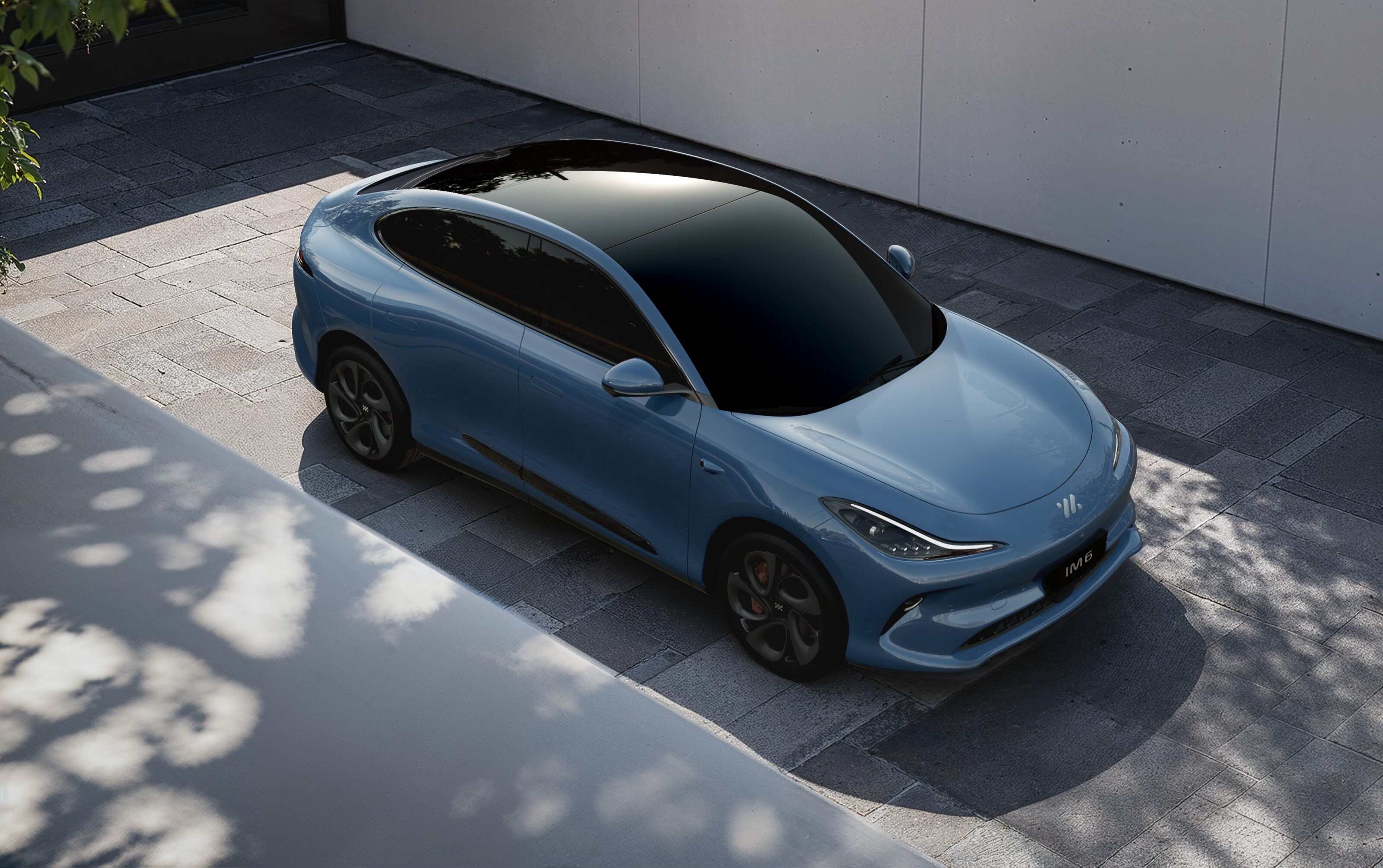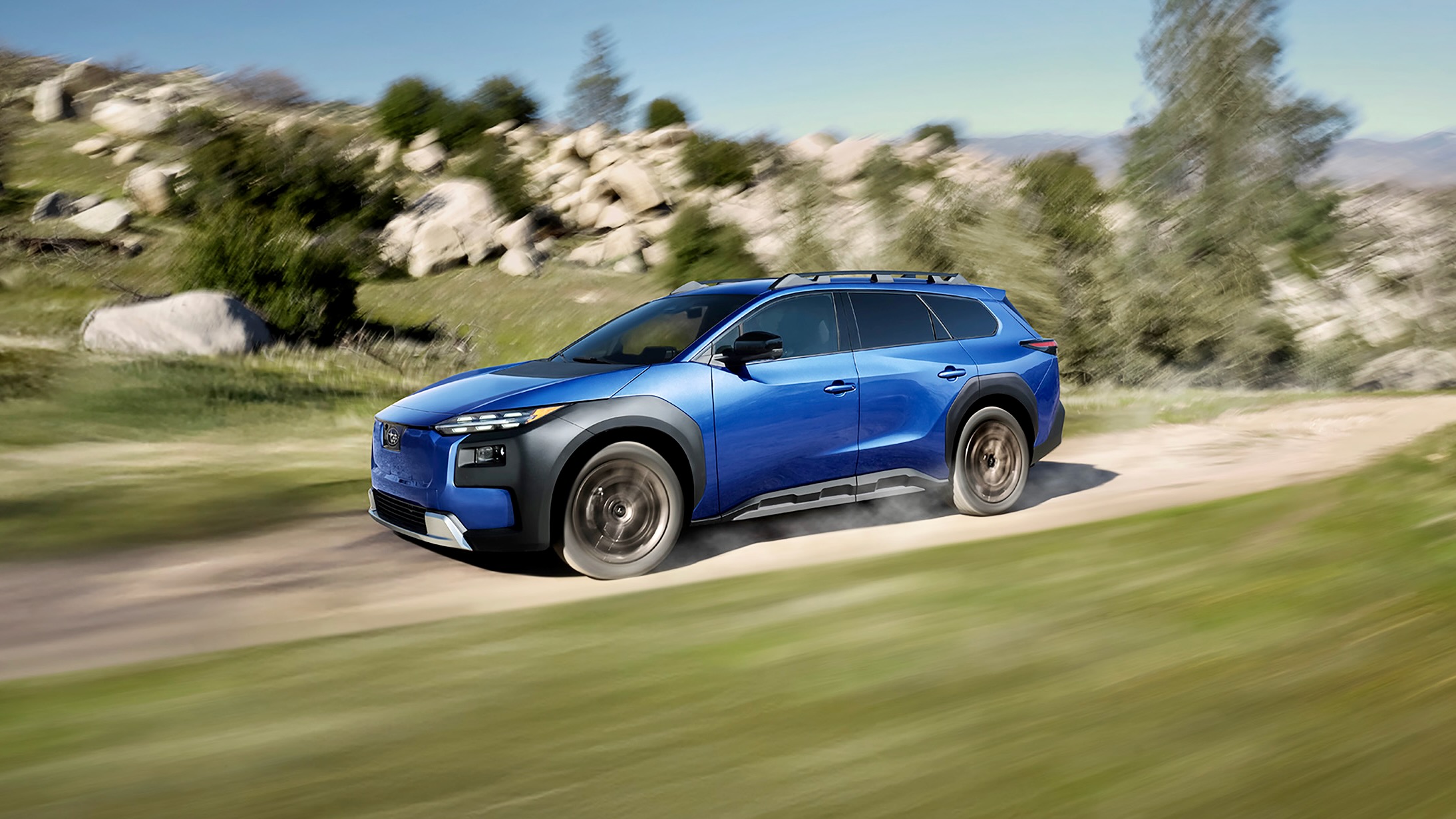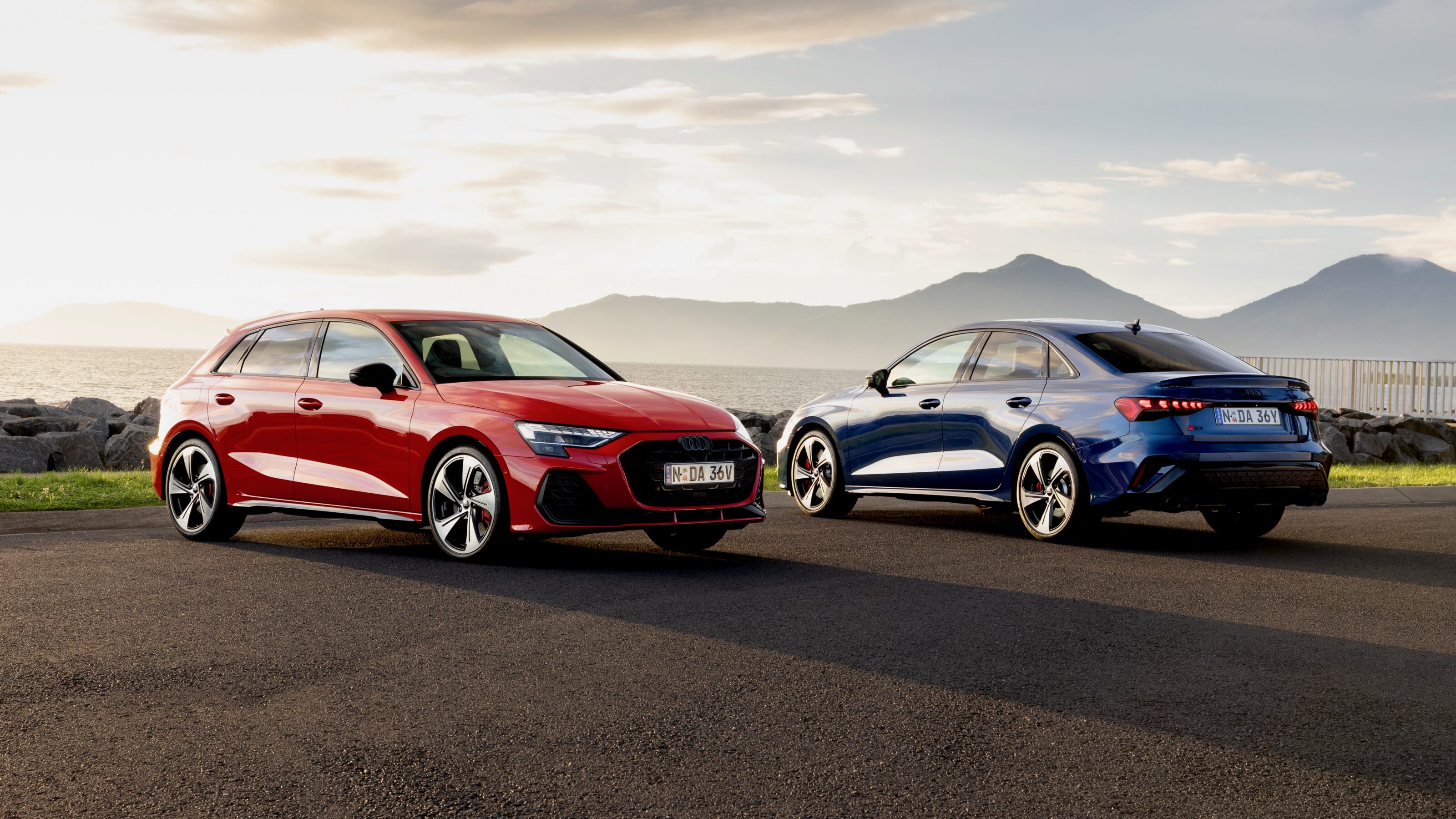CRASH testing cars is vital. It is these tests which determine whether the occupants of a car are kept safe if something goes wrong, and when the car in question is capable of mega speed, good crash performance is essential if a company doesn’t want to turn its well-heeled customers into pulp.
For most cars, this process is fairly straight forward. With production numbers in the hundreds of thousands, the cost of crash testing multiple cars is able to be amortised easily
With higher end sportscars and supercars, though, these tests become more arduous for manufacturers as they are forced to sacrifice cars from a relatively limited run to be slammed against solid walls.
For low-volume hypercars from boutique manufacturers with double-digit production runs, this becomes even more of a hassle.
Take Koenigsegg for example, and the frankly absurd Koenigsegg Regera. Only 80 of the 1118kW Swedish monsters will be built, so the manufacturer can’t just write off a couple of cars to be crash tested – and it’s not as if they can skip the vital safety step altogether.
To get around this, Christian von Koenigsegg, the company’s owner and founder, has revealed how the Swedish supercar maker uses a single pre-production Regera for all its crash tests.
This is the benefit of using carbon fibre body panels and single-cell monocoque.
“This car is prepared for different crashes from different angles,” von Koenigsegg explains. “And then it is being rebuilt again for different crash tests”
“A big car company would have many cars doing these different tasks, but as our cars are so expensive, and take so long to build; it is quicker and cheaper to rebuild it after each test rather than building from scratch.”
It makes sense for a company that builds cars in such low numbers to use just one vehicle to undergo its testing.
Watch the video above to get the full rundown on the Regera’s safety development.






